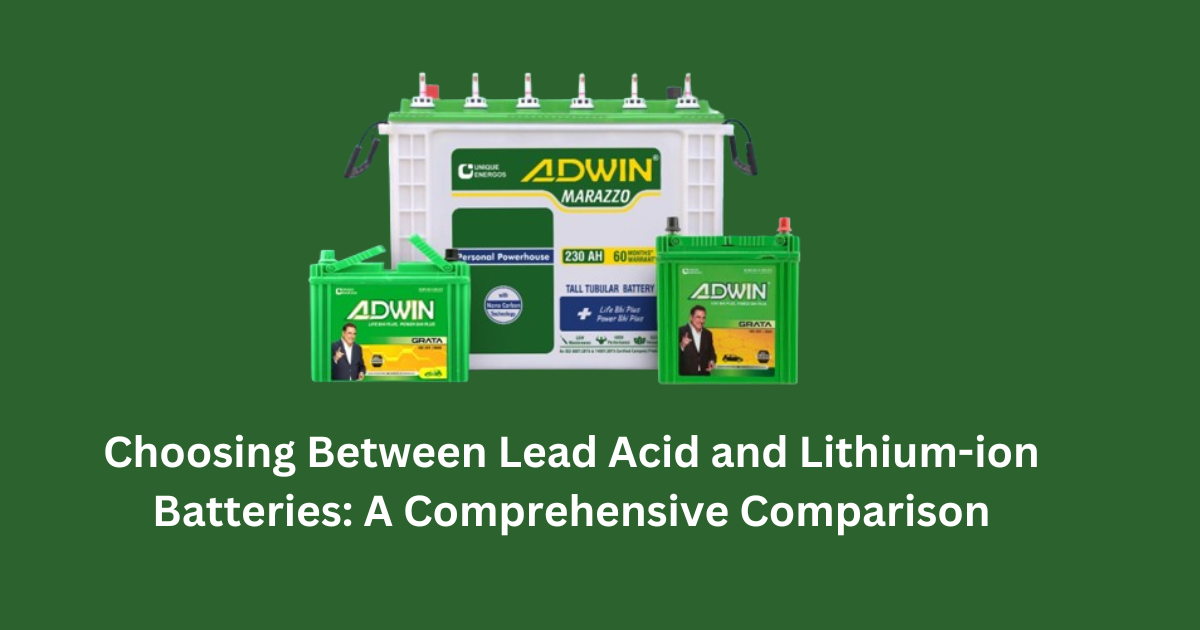In the world of energy storage, the choice between lead-acid and lithium-ion batteries has been a longstanding debate. Each type comes with its own set of characteristics, advantages, and drawbacks. Let’s dive into the intricacies of both to help you make an informed decision based on your specific needs.
Cost:
One of the primary considerations when choosing a battery is cost. Lead acid batteries, known for their affordability, have been the traditional choice for many applications. On the other hand, lithium-ion batteries, while more expensive upfront, often prove to be more cost-effective in the long run due to their longer lifespan and higher efficiency.
Availability:
Lead acid batteries have stood the test of time and are widely available across the globe. Their long history in various applications makes them a familiar choice. Lithium-ion batteries, although becoming more prevalent, might still face supply challenges in certain regions due to their relatively recent entry into the market.
Robustness:
Lead acid batteries exhibit robustness in handling overcharging and high current loads. Their design makes them more forgiving in challenging conditions, making them suitable for applications with varying electrical demands. Lithium-ion batteries, while more sensitive to overcharging, compensate with advanced control systems to ensure safe operation.
Maintenance:
Regular maintenance is a critical factor in the longevity of batteries. Lead acid batteries require periodic checks of electrolyte levels and terminal cleanliness. This hands-on approach might be considered a drawback by some, but it also provides an opportunity for proactive care. Lithium-ion batteries, with their sealed design, demand less maintenance, offering a more hands-free solution.
Discharge Capability:
In scenarios where deep discharges are common, lead acid batteries shine. They can handle deep discharges without significant damage, making them suitable for applications where a full discharge is a regular occurrence. Lithium-ion batteries, while efficient and powerful, may suffer from reduced lifespan if subjected to frequent deep discharges.
Environmental Impact:
Considering the growing concern for the environment, the recyclability of batteries becomes a crucial factor. Lithium-ion batteries, with their higher energy density and recyclability, present a greener option. Lead acid batteries, while recyclable, have a lower energy density and may produce more waste in certain applications.
Using Batteries Properly:
Regardless of the type chosen, proper usage is essential for maximizing the lifespan and efficiency of batteries. Following the manufacturer’s instructions for charging and discharging is fundamental. Overcharging and deep discharging should be avoided, as they can lead to irreversible damage. Regularly monitoring the battery’s condition and replacing it when necessary ensures a reliable power supply.
Conclusion:
In conclusion, the choice between lead-acid and lithium-ion batteries depends on various factors, including cost, application requirements, and environmental considerations. Understanding the strengths and weaknesses of each type allows you to make an informed decision based on your specific needs. As technology advances, the line between these two battery types continues to blur, with innovations aiming to combine the best of both worlds.






